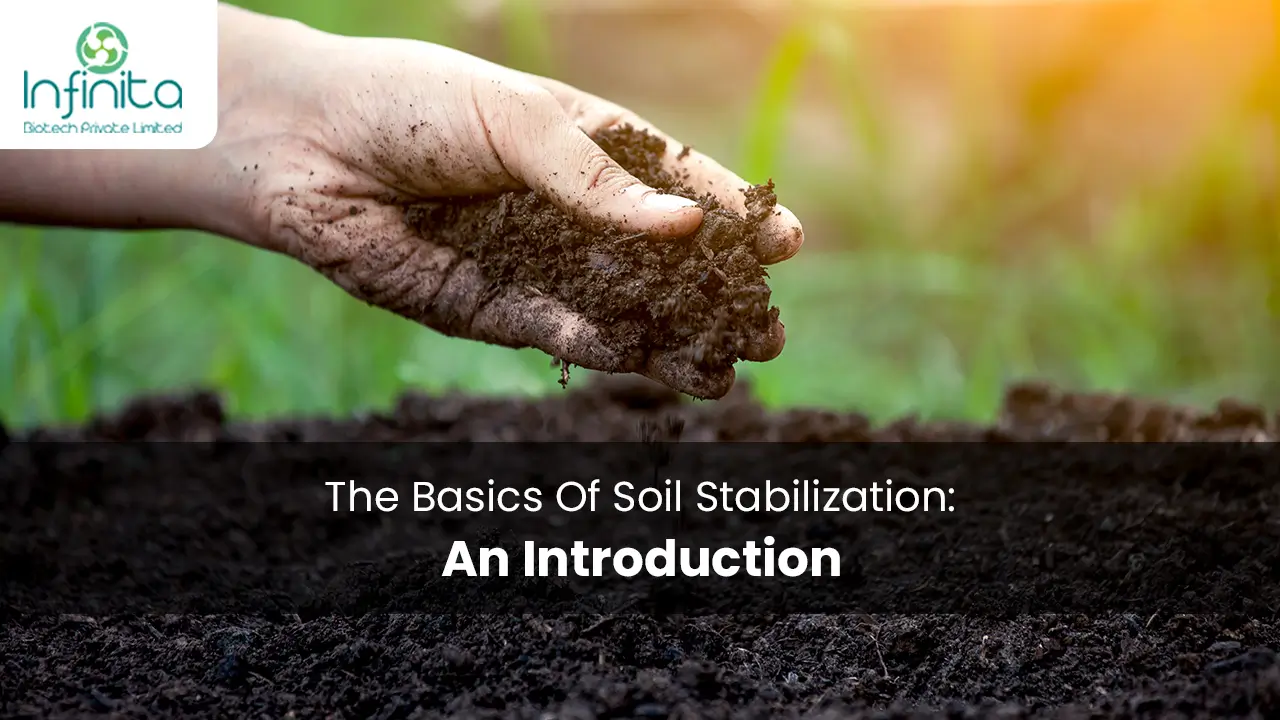What is Soil Stabilization?
Definition: Have you ever wondered how builders manage to create rock-solid foundations for structures, even on unstable grounds? That’s where soil stabilization becomes critical. At its core, soil stabilization refers to the process of altering soil properties to improve its strength and durability.
Importance in Civil Engineering: Imagine trying to build a skyscraper on a bed of jello. Impossible, right? Just as jello isn’t fit for holding up a building, unstable soil is equally unsuitable.
Civil engineers recognize the pivotal role soil stabilization plays in constructing safe, long-lasting structures.
Methods of Soil Stabilization
Mechanical Stabilization:
Compaction: Like pressing down sand to build a sturdy sandcastle, compaction involves compressing soil to reduce air gaps, making it more dense and stable. This age-old technique still remains one of the most effective methods.
Reinforcement: Have you ever noticed the crisscross patterns in garden fences, and how they offer more strength than a single rod? Similarly, reinforcing soil with materials like geotextiles offers additional strength, creating a firm base for construction.
Chemical Stabilization:
Lime Treatment: Remember those science experiments where adding one substance changes the nature of another? Lime treatment is somewhat like that. Introducing lime into soil alters its properties, making it less susceptible to moisture and more stable.
Cement Mixing: Cement isn’t just for building walls. When mixed with soil, it binds the particles together, solidifying the ground and making it resistant to wear and tear.
Advantages of Soil Stabilization
Cost-effectiveness: Wouldn’t it be great if we could save money and still get superior results? With soil stabilization, this isn’t just a dream. By strengthening existing soil, there’s less need for transporting and placing new materials, leading to cost savings.
Environmentally Friendly: In a world crying out for sustainable practices, soil stabilization stands tall. By optimizing the use of local materials and reducing the need for transportation, it contributes significantly to environmental conservation.
Challenges in Soil Stabilization
Unpredictable Soil Behavior: Nature has its quirks, doesn’t it? Sometimes, despite best efforts, soil can react unpredictably when subject to stabilization, posing challenges for engineers.
Environmental Concerns: While soil stabilization is generally eco-friendly, certain chemical methods might raise eyebrows. After all, introducing foreign substances can sometimes have unintended environmental repercussions.
Conclusion
Soil stabilization, like the foundation of a house, is what keeps our infrastructure standing tall. By understanding its basics, we gain an appreciation for the silent processes ensuring our safety. As the world grows and infrastructure needs multiply, mastering these techniques will remain paramount.
FAQs
What is the main goal of soil stabilization?
The primary goal is to improve soil strength and durability, ensuring a stable foundation for construction projects.
Can soil stabilization methods be combined?
Yes, engineers often combine mechanical and chemical methods based on the specific needs of a project.
Is soil stabilization a modern technique?
While modern methods have evolved, the concept of soil stabilization has ancient roots, with early civilizations using rudimentary techniques.
Are there any alternatives to soil stabilization?
Some projects might opt for ground replacement, but it’s often more costly and less environmentally friendly.
How does soil stabilization benefit the environment?
It optimizes the use of local resources, reduces transportation needs, and minimizes disruptions to the natural landscape.







